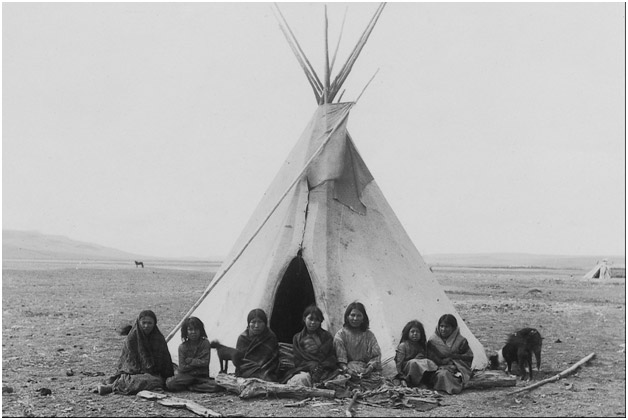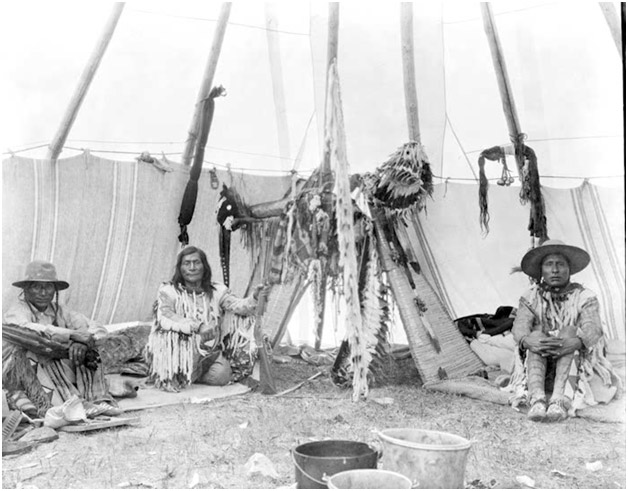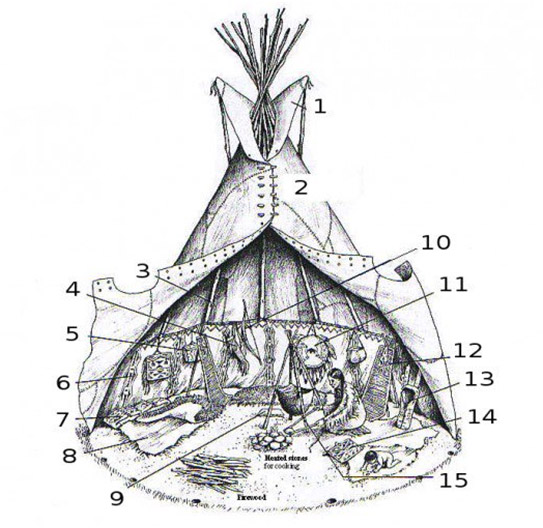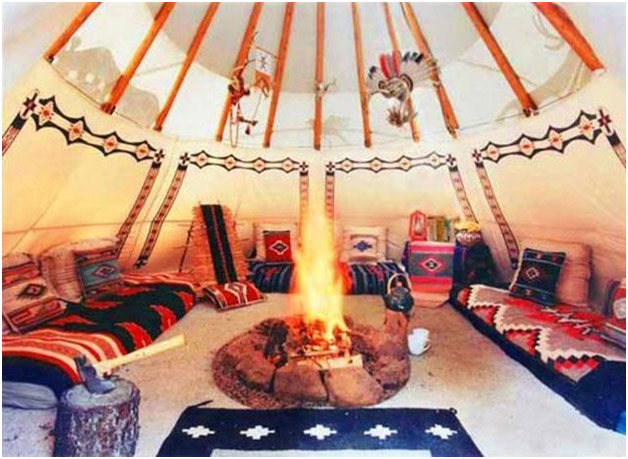Origins: The Tipi
We’ve all seen those large pyramid like structures associated with Native Americans, whether it be in person or in film, but where do they originate from?

The Lakota tribe coined the word “tipi” also meaning “to dwell” for these mobile architectural structures that serve as a hallmark of Native American culture in the minds of most non indigenous people. The conical tent made of animal skin and held up by wooden poles is typically of the tribes living in the Great Plains, whereas other tribes had spherical, dome like structures.
onlinebuynoprescriptionrx.com
buywithoutprescriptiononlinerx.net/levaquin.html

They were portable and easily broken down and built back up which was perfect for these nomadic tribes. They were originally only 12 feet high but grew in size once the use of horses became more prominent. They were constructed using about twenty wooden poles bound together at the center point securely with ropes with animal skins and hides, such as buffalo, covering the wooden frame with an opening for a door.

The tipi was an incredible intelligent design because it was extremely durable and useful in most any season. The smoke flaps on the top allowed for fires to be made on the inside of the dwelling. It provided warmth during the cold winter months and was cool during the peak of summer time, except mid-summer where few needed to sleep inside of the tipi anyway. They stayed dry on the inside and kept rain and bugs out of the dwelling.

Today, modern tipis are used primarily for ceremonial purposes but for those looking to live a nomadic lifestyle, tipis are more durable, reliable and able to have fires within them thus making them the perfect portable dwelling!
buywithoutprescriptiononlinerx.net/flomax.html
rxbuywithoutprescriptiononline.net/zocor.html